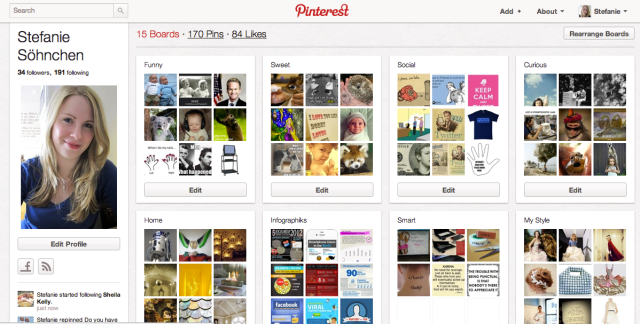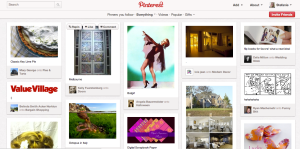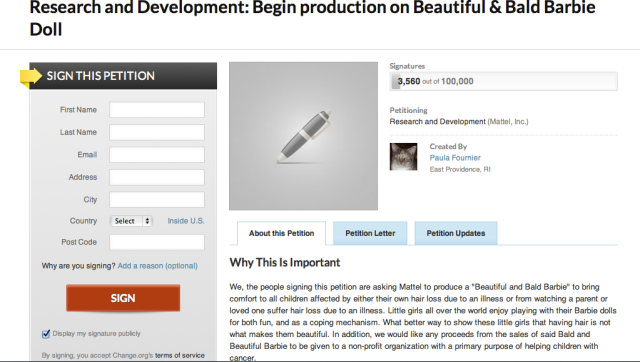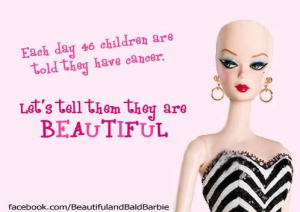
Brainlessness just one Like away? (Image: basketman)
When I got a text message from a friend the other day I caught myself instinctively looking for the ‘Like’-Button. Facebook, Google+ and Co. taught me to show my approval of things to the world by clicking ‘Like’ – now, has that taken away the ability to have a controversial opinion?
A German journalist claims just that. She wrote an article for the magazine ‘Neon’ in which she elaborated on how the Like Button is born out of a society that does not have a political opinion anymore, even seems to detest any controversy and therefore is very content with just one option – the Like.
She quotes a range of experts to prove her point that without discussion there is no democracy and therefore our society (and I guess the rest of the world using Facebook) should be ashamed of being a bunch of brainless yes-men.
Now, I think she is only partially right. Clearly, without different opinions or world views there cannot be democracy – so if she was right with her idea that the Like button is a manifestation of us being only confirmative about everything you couldn’t call our system a democracy anymore.
But I think she is forgetting a few aspects surrounding the Like button and its siblings such as Google’s +1.
The inside out strip
The social web encourages us to openly share more and more of our (private) beliefs, life events, everyday moments, our friendships, our food – basically anything imaginable. Sometimes only a handful of close friends are listening (which seems to be the exception these days), other times the whole world is.
The social search feature and the newly enabled ‘search plus your world’ show us what our friends like, what cake they eat, where they have their car fixed, who they discussed a movie with and what they said.
Now, taking this into its fullest extent – is it not obvious that we are more willing to do a soul-striptease about things we like than about things we hate?
I think that the sum of our Likes (as very nicely displayed by the program CircleMe or by my new favourite Pinterest) leaves a lot of room for debate, but sort of on a positive basis.
And then saying ‘Like’ is expressing taste and not an opinion which makes the whole thing even less debatable in the sense the journalist did.
Rude – in your face
It is common sense that you say your friend’s baby or car or flat or

Some people rather say 'I Like' than hurt anyone - which does not mean they don't have an opinion. (Image: David Castillo Dominici)
whatever they’re proud of is absolutely fabulous even though you personally are not as thrilled as they are about it – because you do not want to (pointlessly) hurt them.
Pressing Like may be something like the digital equivalent of that – even though I feel it even goes a bit deeper. Because pressing Like makes me feel like I am moving a tiny step closer to them as we both ‘Like’ (which is just a more generic word for “agree on, find amusing, love, want, aspire to, remember” etc) the same thing.
If you wanted to put it in digital writing that you ‘Dislike’ someone’s idea or picture or relationship status without further explanation, I think you should find that people get touchy about that.
Anyone who is active on social media knows that people have not stopped being critical just because they have the easy option to just ‘Like’.
You will find that a lot of people feel even more encouraged to voice controversial opinions or even rude comments because they are protected by anonymity.
And that can even be the case on Facebook or Google+ or any other network.
Dislike in private?
If we were given the opportunity to put our ‘Dislike’ out there just as easy as we ‘Like’ stuff – would we make use of it?
Would we put a ‘Dislike’ under our friend’s quote of the day or our sibling’s relationship status?
I do not think so. Mainly, because I think that we do not like to put stuff like that in writing – for several reasons.
We do not want to openly stab anyone in the back for one. And then we make ourselves attackable in return by publicly putting someone else down.
The ‘social’ in these networks clearly has its limits. But that does not mean that we have mutated into brainless Like-Bots, it just means we still have manners.
An easy Like
Of course it does not take much to press Like on something, but that only works because liking something does not take much explanation.
I feel that a ‘Dislike’ always would take some explanation in order to go down ok. That is why the habit of turning to a private message or a more elaborated comment has developed.
But the first no one gets to see (which is sort of the point) and the second one the journalist chose to overlook.
However, I agree with her that if people stopped making their minds up about things and communicate what they thought, it would be so worrying that I would consider uttering a public *Dislike* about it.
But until then I cannot agree with her on the Like button or any of its relatives being a threat to society.
Here’s a German article on why social media do not make us stupid.




























